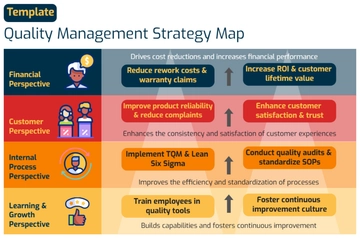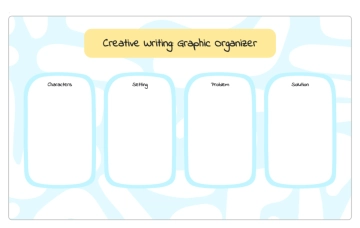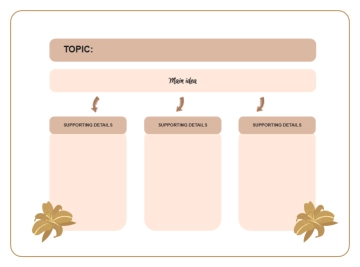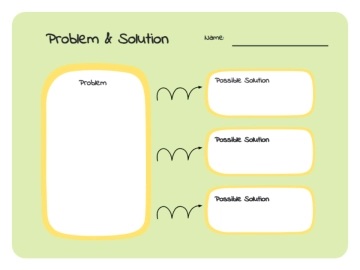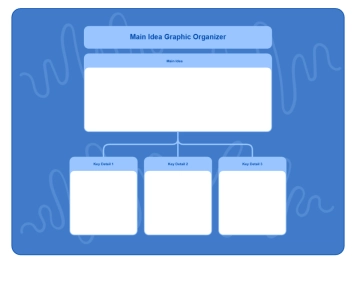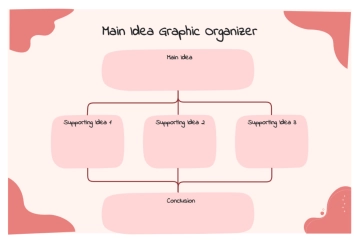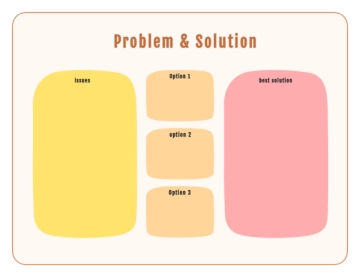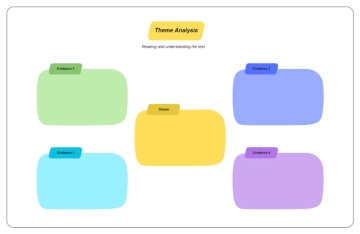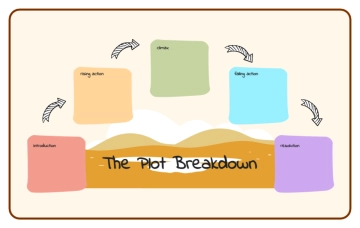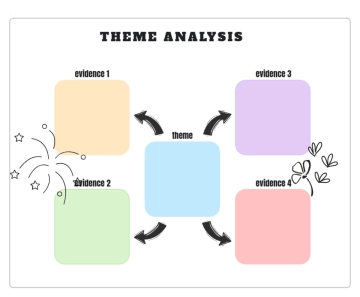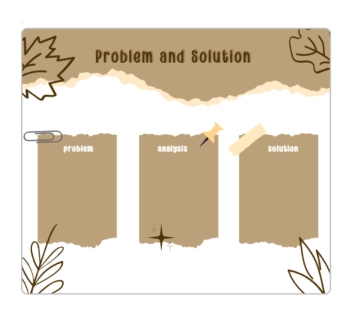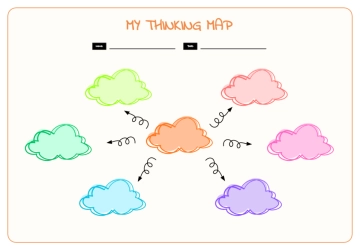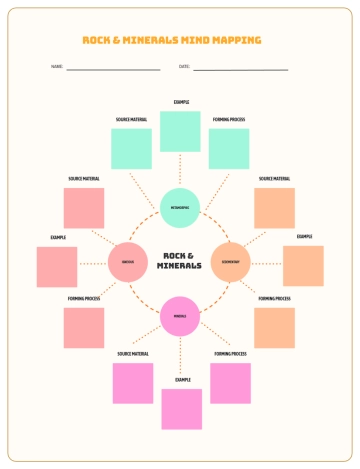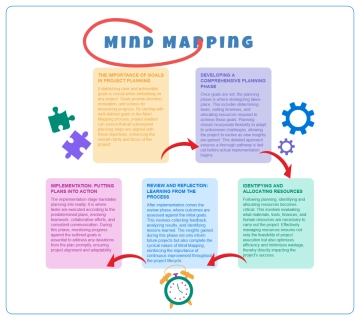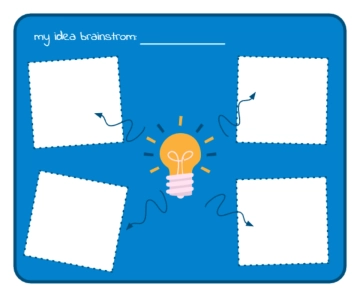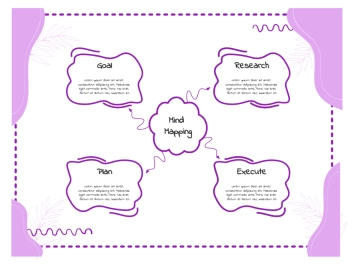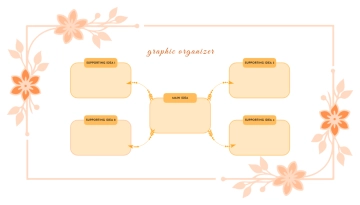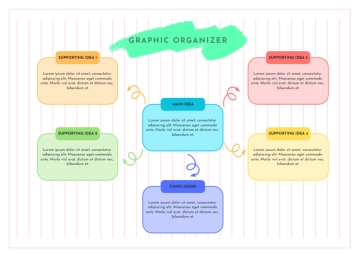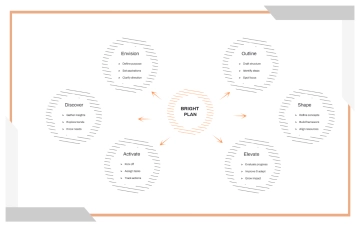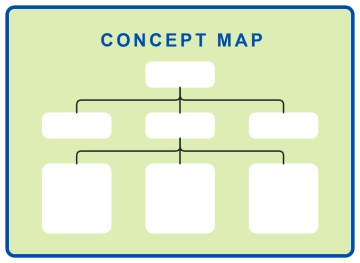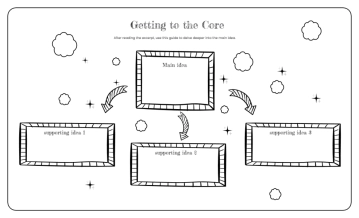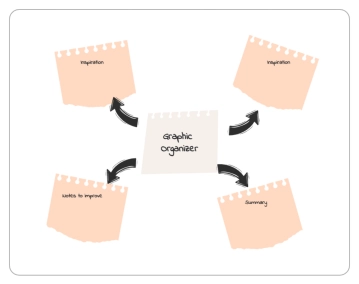Free Printable Strategic Work Plan
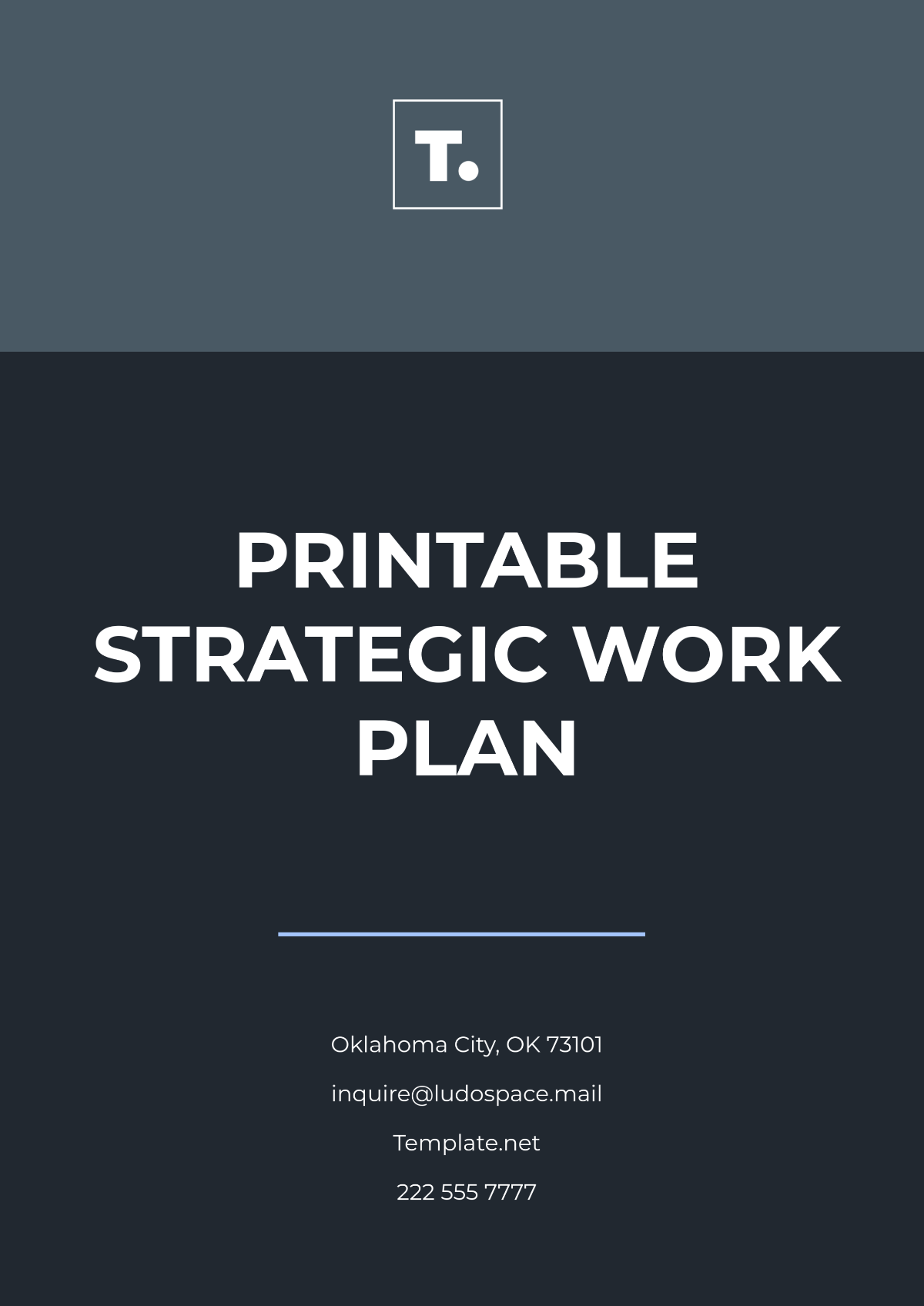
Prepared by: [Your Name]
Date: [Date]
I. Executive Summary
The Printable Strategic Work Plan aims to guide the team in achieving the organization’s core strategic objectives for the upcoming fiscal year. The plan outlines key actions, required resources, and measurable milestones, ensuring alignment with company goals and providing a framework for tracking progress.
II. Goals and Objectives
Strategic Goal 1: Enhance Customer Experience
Objective: Increase customer satisfaction ratings by 20% by the end of Q4.
Objective: Reduce customer support response times by 15%.
Strategic Goal 2: Expand Market Share
Objective: Increase brand presence in two new regional markets.
Objective: Grow product sales by 10% in the next six months.
III. Action Plan
Goal 1: Enhance Customer Experience
Action Step 1: Implement a new customer feedback system by Q2.
Action Step 2: Train support staff on new customer service protocols by Q3.
Action Step 3: Launch a loyalty program for returning customers by Q4.
Goal 2: Expand Market Share
Action Step 1: Conduct market research to identify potential regions for expansion.
Action Step 2: Build strategic partnerships with local distributors in target markets.
Action Step 3: Develop a localized marketing campaign tailored to new regions.
IV. Timeline
Q1: Research and development of customer feedback system and market expansion feasibility study.
Q2: Roll out a new feedback system and finalize strategic partnerships.
Q3: Launch customer service training and begin localized marketing efforts.
Q4: Evaluate progress, launch a loyalty program, and assess market share growth.
V. Resources Required
A. Financial Resources
Budget for customer service software: $15,000
Marketing budget for new regions: $50,000
B. Human Resources
Customer service trainers (2)
Market research analyst (1)
Marketing team (3)
C. Material Resources
New customer support software
Marketing materials for new regions
VI. Performance Metrics
Customer Satisfaction: Achieve a 20% increase in satisfaction ratings by Q4.
Market Share: Grow regional sales by 10% in the next six months.
Efficiency: Reduce response time by 15% within three months of implementing the new system.
VII. Risk Management
Risk 1: Low adoption of the new customer feedback system.
Mitigation Strategy: Provide incentives for customers to provide feedback and train staff to encourage participation.
Risk 2: Delays in market expansion due to logistical challenges.
Mitigation Strategy: Secure contracts with multiple distributors and create contingency plans for distribution delays.
VIII. Review and Evaluation
Monthly Review: Check progress towards objectives and make adjustments where necessary.
Quarterly Evaluation: Assess the overall effectiveness of the strategic plan and determine if adjustments are needed for the next quarter.
- 100% Customizable, free editor
- Access 1 Million+ Templates, photo’s & graphics
- Download or share as a template
- Click and replace photos, graphics, text, backgrounds
- Resize, crop, AI write & more
- Access advanced editor
Template.net’s Printable Strategic Work Plan Template is a versatile tool for businesses seeking to plan long-term strategies. This fully editable and customizable template allows you to outline objectives, actions, and resources. Whether you're setting goals for the year or managing large projects, this template can be personalized using our AI Editor Tool. Once complete, you can print your strategic work plan for easy reference, ensuring that your business stays focused on key priorities.
You may also like
- Finance Plan
- Construction Plan
- Sales Plan
- Development Plan
- Career Plan
- Budget Plan
- HR Plan
- Education Plan
- Transition Plan
- Work Plan
- Training Plan
- Communication Plan
- Operation Plan
- Health And Safety Plan
- Strategy Plan
- Professional Development Plan
- Advertising Plan
- Risk Management Plan
- Restaurant Plan
- School Plan
- Nursing Home Patient Care Plan
- Nursing Care Plan
- Plan Event
- Startup Plan
- Social Media Plan
- Staffing Plan
- Annual Plan
- Content Plan
- Payment Plan
- Implementation Plan
- Hotel Plan
- Workout Plan
- Accounting Plan
- Campaign Plan
- Essay Plan
- 30 60 90 Day Plan
- Research Plan
- Recruitment Plan
- 90 Day Plan
- Quarterly Plan
- Emergency Plan
- 5 Year Plan
- Gym Plan
- Personal Plan
- IT and Software Plan
- Treatment Plan
- Real Estate Plan
- Law Firm Plan
- Healthcare Plan
- Improvement Plan
- Media Plan
- 5 Year Business Plan
- Learning Plan
- Marketing Campaign Plan
- Travel Agency Plan
- Cleaning Services Plan
- Interior Design Plan
- Performance Plan
- PR Plan
- Birth Plan
- Life Plan
- SEO Plan
- Disaster Recovery Plan
- Continuity Plan
- Launch Plan
- Legal Plan
- Behavior Plan
- Performance Improvement Plan
- Salon Plan
- Security Plan
- Security Management Plan
- Employee Development Plan
- Quality Plan
- Service Improvement Plan
- Growth Plan
- Incident Response Plan
- Basketball Plan
- Emergency Action Plan
- Product Launch Plan
- Spa Plan
- Employee Training Plan
- Data Analysis Plan
- Employee Action Plan
- Territory Plan
- Audit Plan
- Classroom Plan
- Activity Plan
- Parenting Plan
- Care Plan
- Project Execution Plan
- Exercise Plan
- Internship Plan
- Software Development Plan
- Continuous Improvement Plan
- Leave Plan
- 90 Day Sales Plan
- Advertising Agency Plan
- Employee Transition Plan
- Smart Action Plan
- Workplace Safety Plan
- Behavior Change Plan
- Contingency Plan
- Continuity of Operations Plan
- Health Plan
- Quality Control Plan
- Self Plan
- Sports Development Plan
- Change Management Plan
- Ecommerce Plan
- Personal Financial Plan
- Process Improvement Plan
- 30-60-90 Day Sales Plan
- Crisis Management Plan
- Engagement Plan
- Execution Plan
- Pandemic Plan
- Quality Assurance Plan
- Service Continuity Plan
- Agile Project Plan
- Fundraising Plan
- Job Transition Plan
- Asset Maintenance Plan
- Maintenance Plan
- Software Test Plan
- Staff Training and Development Plan
- 3 Year Plan
- Brand Activation Plan
- Release Plan
- Resource Plan
- Risk Mitigation Plan
- Teacher Plan
- 30 60 90 Day Plan for New Manager
- Food Safety Plan
- Food Truck Plan
- Hiring Plan
- Quality Management Plan
- Wellness Plan
- Behavior Intervention Plan
- Bonus Plan
- Investment Plan
- Maternity Leave Plan
- Pandemic Response Plan
- Succession Planning
- Coaching Plan
- Configuration Management Plan
- Remote Work Plan
- Self Care Plan
- Teaching Plan
- 100-Day Plan
- HACCP Plan
- Student Plan
- Sustainability Plan
- 30 60 90 Day Plan for Interview
- Access Plan
- Site Specific Safety Plan
